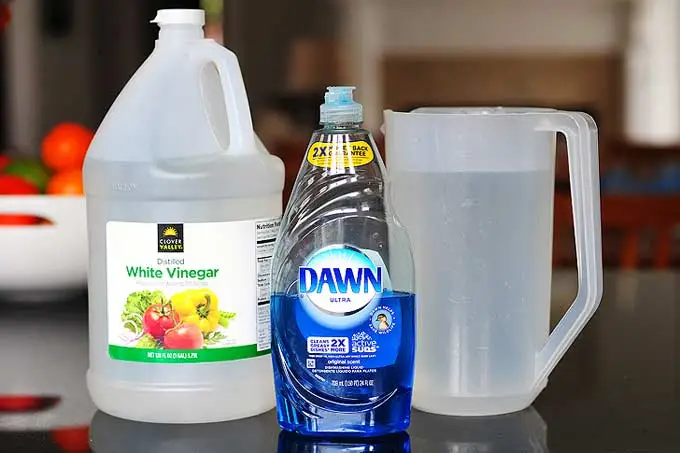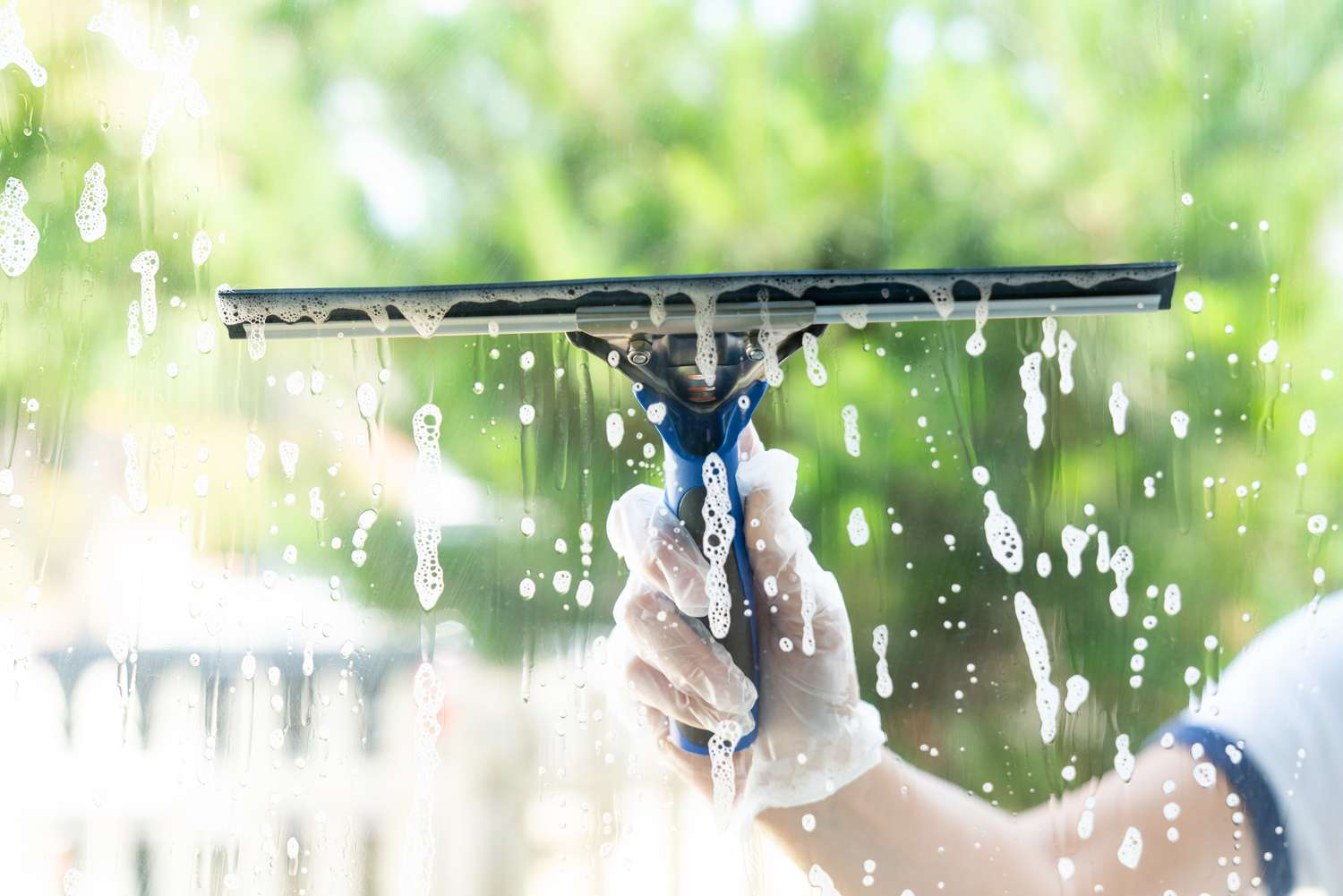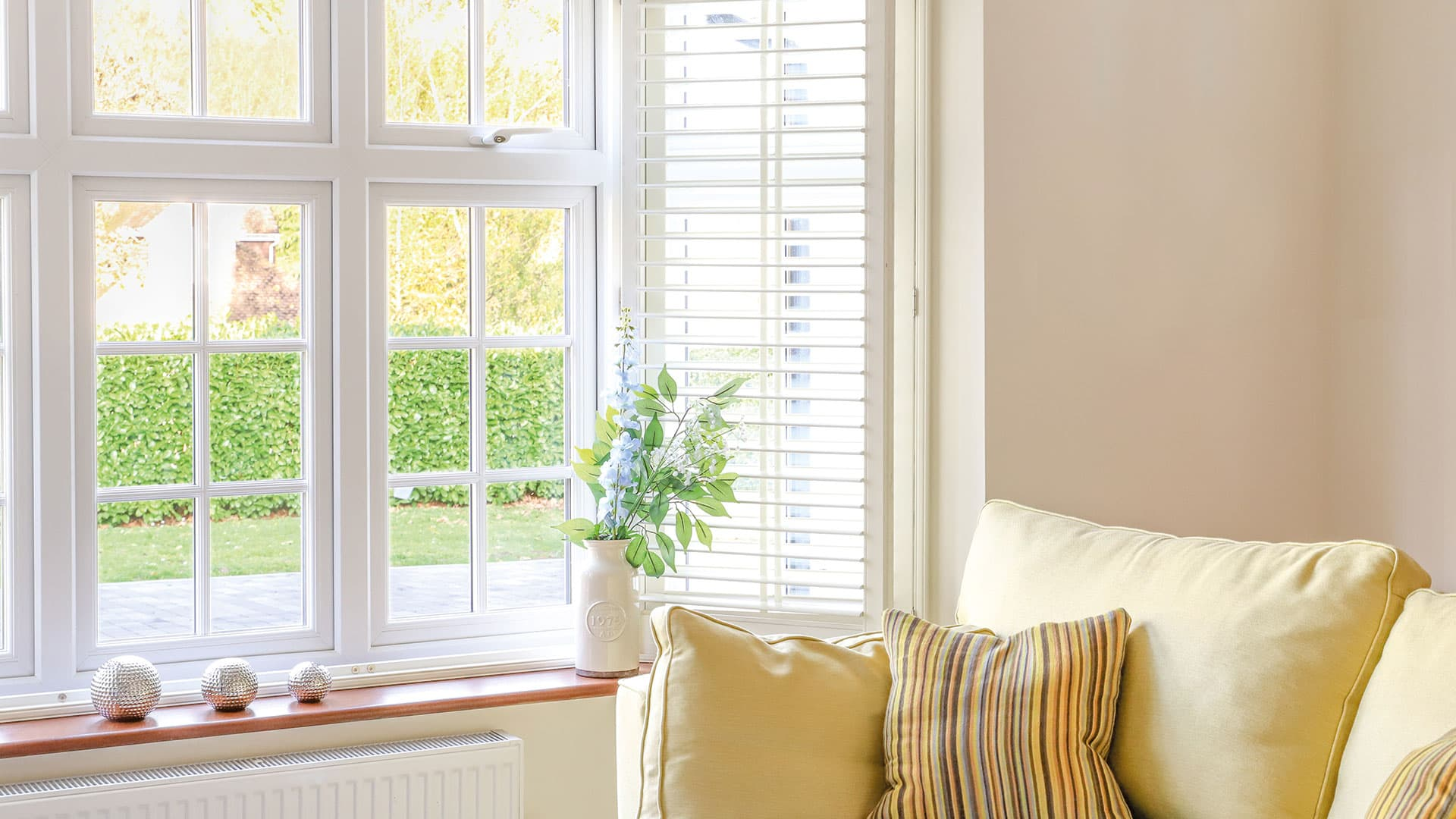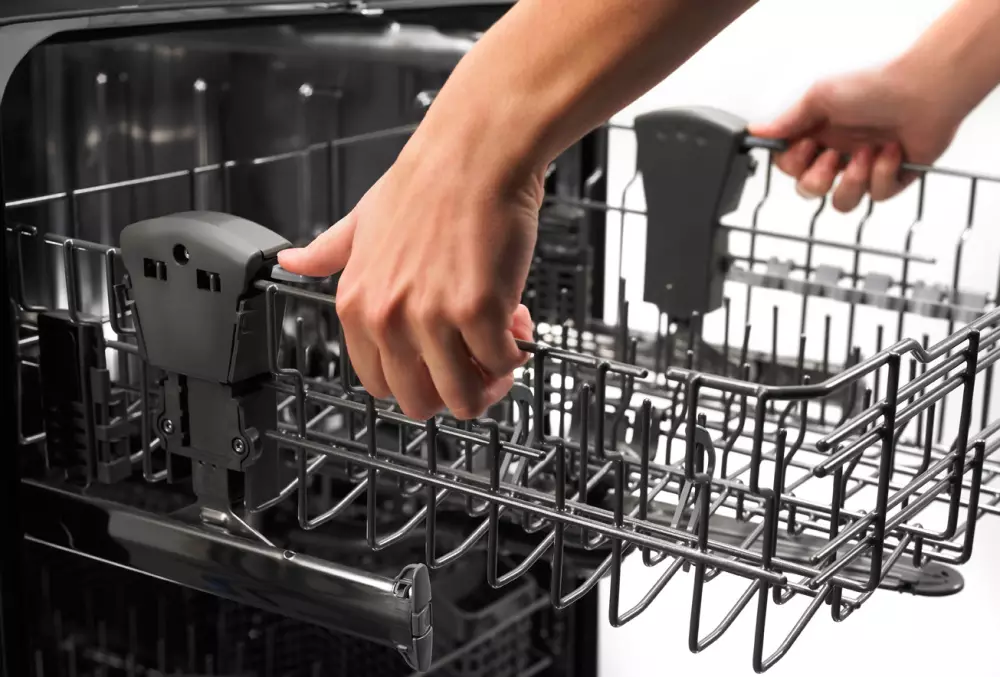How to Clean Windows: Your Guide to Getting Sparkling Clean Glass Windows
Few things can make a home or office look as good as sparkling clean windows. However, cleaning windows can be daunting, especially if you need help figuring out where to start. Fortunately, with the right tools and techniques, you can make your windows shine like new in no time. And if you don't have extra time to do it, you even have the option to book a professional cleaning service to spot-clean your windows for you.
In this blog post, we'll guide you on how to clean windows, from the preparation and tools you need to the best techniques to get rid of dirt, grime, and streaks. Whether a seasoned cleaner or a beginner, our guide will help you achieve the desired results and make your windows a source of pride and beauty.
Windows are essential to any building, providing natural light, ventilation, and a connection to the outdoors.
However, over time, they can accumulate dirt, dust, and grime that can obscure their beauty and reduce their functionality. That's why cleaning your windows regularly and effectively is vital to maintain their clarity and appearance.
We'll provide a comprehensive guide on how to clean windows, including step-by-step instructions, tips, and tricks to help you achieve sparkling clean glass. But the benefits of clean windows go beyond aesthetics.
Clean windows can improve mood, increase energy levels, and enhance productivity by allowing more natural light into your space. They can also help to prolong the lifespan of your windows and prevent the need for costly repairs.
So, whether you're a homeowner, a business owner, or anyone who wants to enjoy the many benefits of clean windows, please keep reading to discover our expert tips and advice.

What You'll Need
Instructions
1. Choose the right day to clean your dirty windows

Choosing a cloudy day to clean your windows is one of the most helpful advice. Because heat causes window cleaning solution to evaporate more quickly than it can be removed by wiping it off, the absence of sunshine will help to reduce the possibility of streaks.
The lack of bright sunlight makes it easier for you to view and clean the windows. Touch the glass of the window to assess the temperature instantly. Wait for a cooler day if the weather is warm to the touch.
2. Clear the dirty windows of any dust and grime
Start by removing the blinds and curtains. If you can, thoroughly wash your draperies or spray them with a fabric freshener.
Afterward, you can use a dry brush or cleaning attachment on your vacuum to remove dust, dirt, or cobwebs. Your window sill can collect dust and debris. If that stuff gets wet, you'll have muddy streaks to remove. As a result, setting up the vacuum and using hose attachments to clean the inner side of your windows is a crucial step in effectively cleaning windows.
While at it, you can use the vacuum to remove any dust or insects accumulated near the window closing. Then, use a damp cloth to remove any remaining dust and cobwebs to prevent dirty stains.
3. Make your homemade cleaning solution

Combine two tablespoons of white vinegar with a small pail of warm water to make your cleaning solution. White vinegar is an excellent all-natural window cleaner. It doesn't contaminate the environment or pollute your house with fumes like chemical cleaners.
You can also use soapy water when washing windows. Fill a large bucket with a basic mixture of liquid dish soap and warm water, but be careful not to make too many bubbles, as they can leave other stains if allowed to dry. Start cleaning the windows with a soft cloth or sponge.
If you must use water to clean a particularly grimy window, be sure it has been purified to prevent streaks on your windows.
4. Start cleaning with the window frame
To prevent dripping contaminated water onto clean panes, clean your windows from the frames outward. Use a damp sponge dipped in your cleaning solution to clean them down. If they're filthy, apply mild detergent.
Your frames should be cleaned with plenty of warm, soapy water and .dried with a soft, clean cloth. You will need to exercise caution depending on the kind of glass windows you have.
5. Clean the glass panes

Clean the glass panes using a sponge and warm, soapy water. Squeeze off any extra moisture after dipping a sponge or the foam end of a squeegee into it, then rub the glass lightly.
When cleaning the glass panes, move your hand in an S-pattern to fully clean the window. Work like an S with your microfibre cloth to get into every crevice and stop the streaks.
6. Remove any excess cleaning solution to prevent streaks

Squeegees can be used to polish surfaces without streaks. Also, use it in an S-shape pattern. To prevent spreading dirt, periodically wipe the squeegee blade with a clean cloth. Wipe residual water using a damp towel or lint-free cloth, then dry the window sill.
Avoid using rags or paper towels that can lint the glass. To prevent reaching out of top-floor windows, purchasing a tool with a U-shaped pole for outside upper-floor panes is worthwhile.
Newspaper crumpled up can also be used to clean the glass. Your windows will have a brilliant appearance after being buffed with crumpled newspaper. The paper partially absorbs any remaining cleaning solution, keeping the surface streak-free.
Rub in a circular motion to remove dirt, and switch to vertical and horizontal strokes to remove any remaining liquid.
7. Clean the edges of your windows
Remove any remaining water or foam from the window sill and edge of the glass with an absorbent cloth.. The procedure should be repeated inside your windows.
Use a cream-based cleaner or a whitening solution to keep white PVC appearing new. Allow it to finish its task, and the frame will become whiter.

Start Getting Streak-Free Windows
Cleaning windows can be daunting but easy and enjoyable with the right tools and techniques. By following the tips and steps outlined in this guide, you can achieve sparkling clean windows that will enhance the beauty of your home or office.
With a little effort and attention to detail, you can enjoy the benefits of clean and clear windows, including more natural light, better views, and an overall brighter and more inviting living or workspace.
So roll up your sleeves, gather your materials, and work on those windows – the results will be well worth the effort!
Make sure to check out our ultimate how-to guide on cleaning your living room for a spotless and tidy space in your home.
FAQs
How often should you clean your windows?
It's crucial to wash the frames of your windows once or twice a year to preserve their aesthetics and functionality. However, you might be required to do this more frequently if you reside close to the ocean where salt exposure is intense or enjoy living in a busy city near major highways or industrial areas.
If you don't frequently clean window glass, water stains, dust, and filth will quickly accumulate. Warm, soapy water is what we advise using, but don't use too much detergent because too many bubbles can leave residue on your windows. To avoid spreading filth, use a clean, lint-free microfiber cloth and replace the water frequently.
All drips should be cleaned up with a gentle, clean cloth. Finish by cleaning the glass with a glass cleaner or, if you prefer, a homemade solution made of one part distilled vinegar and one part warm water. This should be sprayed directly onto the glass and rubbed with a paper towel.
How do you remove stubborn marks on windows?
We advise trying something more substantial if you're having trouble cleaning your windows with soapy water or a window cleaner. Utilize a mild acid, such as vinegar, being careful not to spill any on other items or surfaces. However, avoid using harsh or abrasive cleaning products like bleach because they might harm the glass permanently.
What is the best way to clean glass windows?
A coffee filter or a microfiber towel is the most effective way to clean glass windows and tabletops. Using coffee filters or microfiber towels instead of an actual squeegee ultimately results in a shine near as streak-free and a little easier to achieve.


